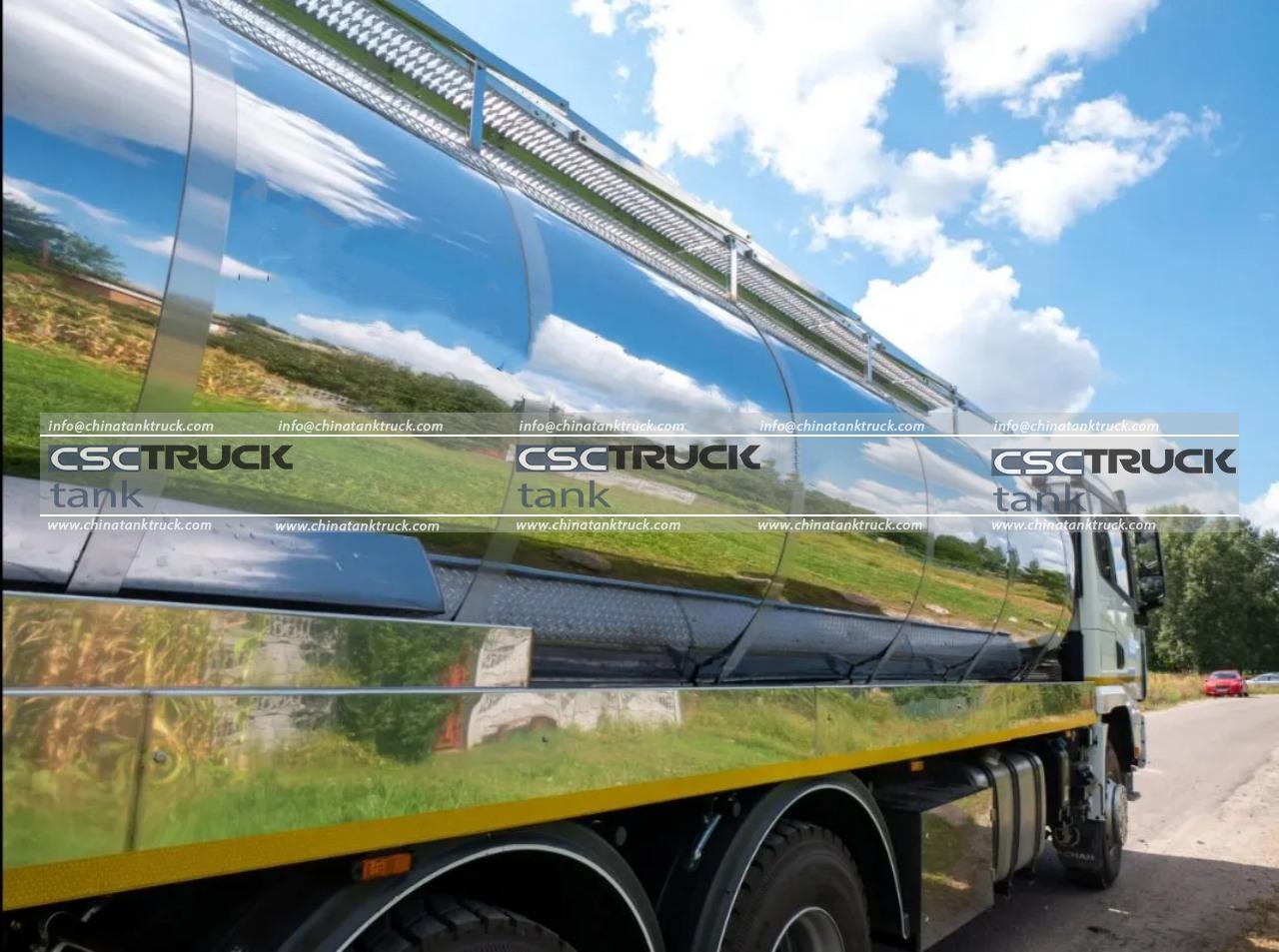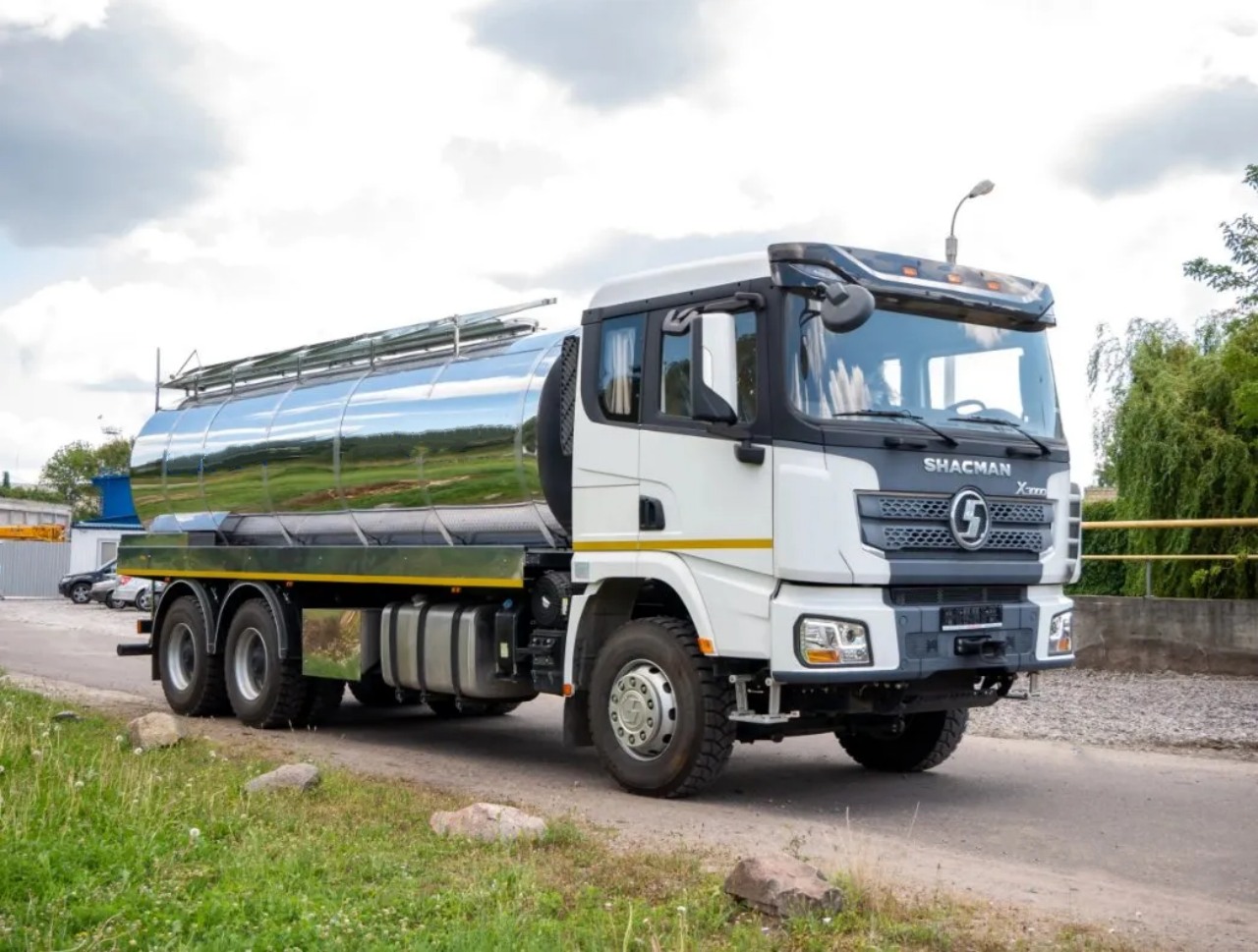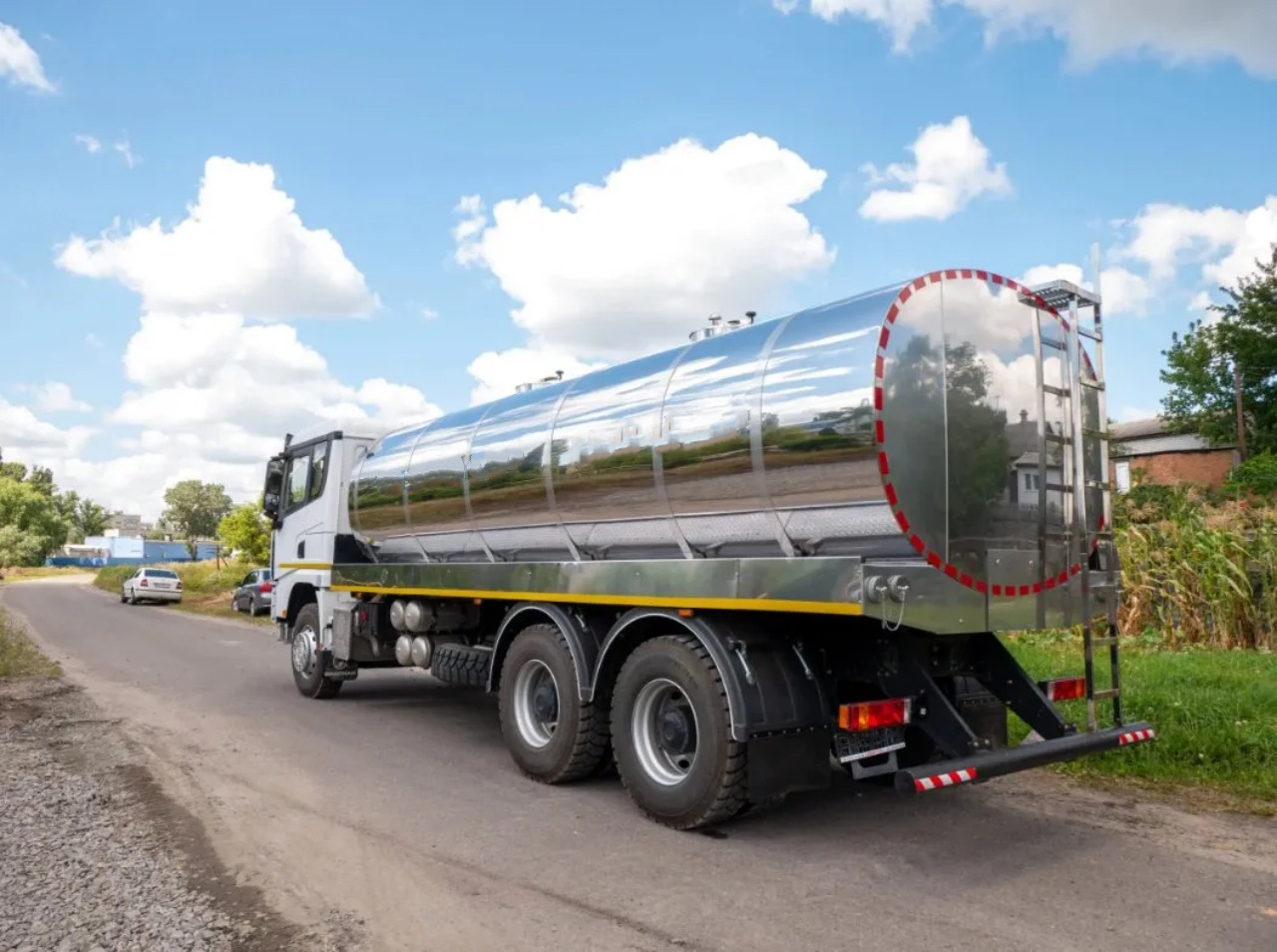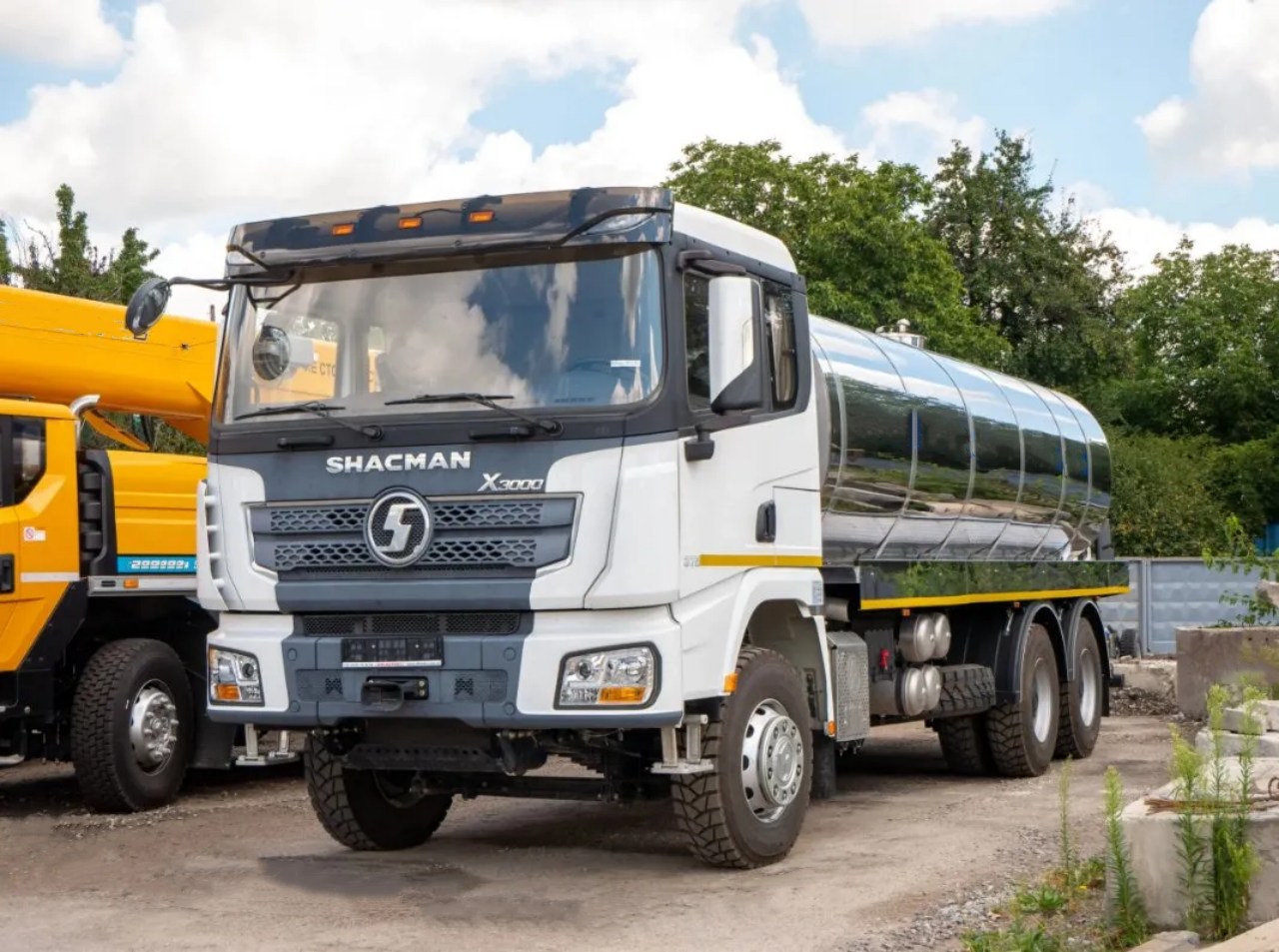A potable water truck is a specialized vehicle designed for the safe and efficient transportation of clean, drinkable water. Often seen at construction sites, mining operations, remote camps, public events, and disaster relief zones, these trucks play a vital role in supplying fresh water where municipal access is unavailable or insufficient. Unlike ordinary water trucks that may carry non-potable water for dust control or irrigation, potable water trucks must meet strict sanitary standards to ensure the water remains safe for human consumption.
Key Components of a Potable Water Truck
A potable water truck is more than just a tank mounted on a chassis. It includes various components that ensure the integrity, cleanliness, and usability of the water. The essential components typically include:
- Tank: The water tank is usually made from food-grade stainless steel, polyethylene, or aluminum with food-safe liners to prevent contamination. These materials are resistant to corrosion and do not leach harmful chemicals into the water.
- Pump System: Potable water trucks are equipped with sanitary pumps, often made of stainless steel, that move water from the tank to its point of use. These pumps must be easy to clean and maintain.
- Filtration and Disinfection Systems: Some advanced potable water trucks include on-board filtration systems, UV sterilizers, or chlorine dosing units to ensure the water remains clean throughout transportation.
- Hoses and Fittings: All hoses, valves, and fittings are made of food-grade materials to avoid contamination. These components are typically color-coded or labeled clearly to distinguish them from those used for non-potable water.
- Insulation and Heating (Optional): In colder climates, potable water trucks may include insulation or heating elements to prevent freezing, ensuring uninterrupted service in extreme weather.
Capacity and Sizes
Potable water trucks come in various sizes to accommodate different applications. Their capacity typically ranges from 500 gallons (1,900 liters) for smaller urban and event use to over 5,000 gallons (18,900 liters) for industrial and rural operations. The truck’s size and capacity are selected based on the required volume and the accessibility of the delivery location.
Applications of Potable Water Trucks
Potable water trucks serve many sectors and functions. Their versatility and mobility make them essential in numerous situations:
1. Construction and Mining Sites
In remote construction zones or mining camps, access to running water is often limited or nonexistent. Potable water trucks provide daily hydration for workers, supply water for temporary kitchens and bathrooms, and meet hygiene needs. Their ability to deliver water directly to a site makes them invaluable to operational efficiency and worker well-being.
2. Disaster Relief and Emergency Response
In natural disasters such as hurricanes, earthquakes, or wildfires, municipal water systems may be damaged or disrupted. Potable water trucks become a lifeline, delivering clean water to affected populations. Relief agencies often rely on these vehicles to support temporary shelters, field hospitals, and displaced communities.
3. Public Events and Festivals
Large outdoor gatherings, such as concerts, fairs, marathons, and sporting events, often require supplemental water sources for drinking stations, food vendors, and temporary sanitation facilities. Potable water trucks help meet the increased demand by supplying clean water to on-site tanks and mobile units.
4. Agricultural and Rural Communities
In rural areas with unreliable or insufficient water infrastructure, potable water trucks help supplement the water supply for households, farms, and livestock. They are also used during well maintenance or when drought conditions strain existing water sources.
5. Municipal Water System Support
Municipalities may use potable water trucks during planned maintenance or emergency shutdowns of the main water supply. These trucks can connect directly to local networks, refill water towers, or provide a temporary supply to specific neighborhoods or facilities.
Sanitary Standards and Regulations
Since potable water is intended for human consumption, potable water trucks are subject to strict health and safety standards. In many countries, these standards are regulated by health departments or environmental protection agencies.
Key sanitary guidelines include:
- Tank Material: Must be made of food-grade, non-toxic materials.
- Cleaning and Maintenance: Tanks and equipment must be cleaned and sanitized regularly to prevent bacterial growth or chemical contamination.
- Water Source Verification: Water must be obtained from approved, regulated sources to ensure its quality from the start.
- Operator Training: Drivers and operators must be trained in sanitary handling practices to avoid contamination during filling, transport, or distribution.
Failure to meet these regulations can lead to serious health risks, including waterborne disease outbreaks, and legal penalties for operators.
Differences Between Potable and Non-Potable Water Trucks
Although both types of trucks transport water, the key distinction lies in the purpose and safety of the water they carry:
- Potable Water Trucks: Carry water that is safe to drink, cook with, and bathe in. They use food-grade tanks and fittings and undergo regular disinfection.
- Non-Potable Water Trucks: Typically transport water for uses like dust suppression, street cleaning, irrigation, or firefighting. Their tanks may not meet food-grade standards, and the water is not intended for human consumption.
Potable and non-potable water trucks must be clearly labeled to avoid cross-contamination and accidental misuse.
Environmental and Operational Considerations
Operating a potable water truck involves several practical and environmental considerations:
- Refill Locations: Operators need access to certified potable water fill stations, which may be limited in remote regions.
- Fuel and Emissions: Like all large vehicles, potable water trucks contribute to carbon emissions. Some modern fleets are adopting hybrid or electric models to reduce their environmental impact.
- Route Planning: Efficient delivery requires careful planning to minimize time, fuel use, and the risk of contamination through exposure or extended storage.
Regular inspections, preventive maintenance, and record-keeping are essential practices to ensure reliability and safety.
Conclusion
A potable water truck is a critical asset in ensuring access to clean, drinkable water in a variety of settings. Whether supporting a construction site, disaster area, or public event, these vehicles fulfill a crucial role in public health and infrastructure support. Built to high sanitary standards and designed for mobility, potable water trucks bridge the gap between central water systems and the people who depend on them. As urban expansion continues and climate change increases the frequency of natural disasters, the demand for potable water trucks is expected to grow, making them more important than ever in sustaining human life and resilience.





